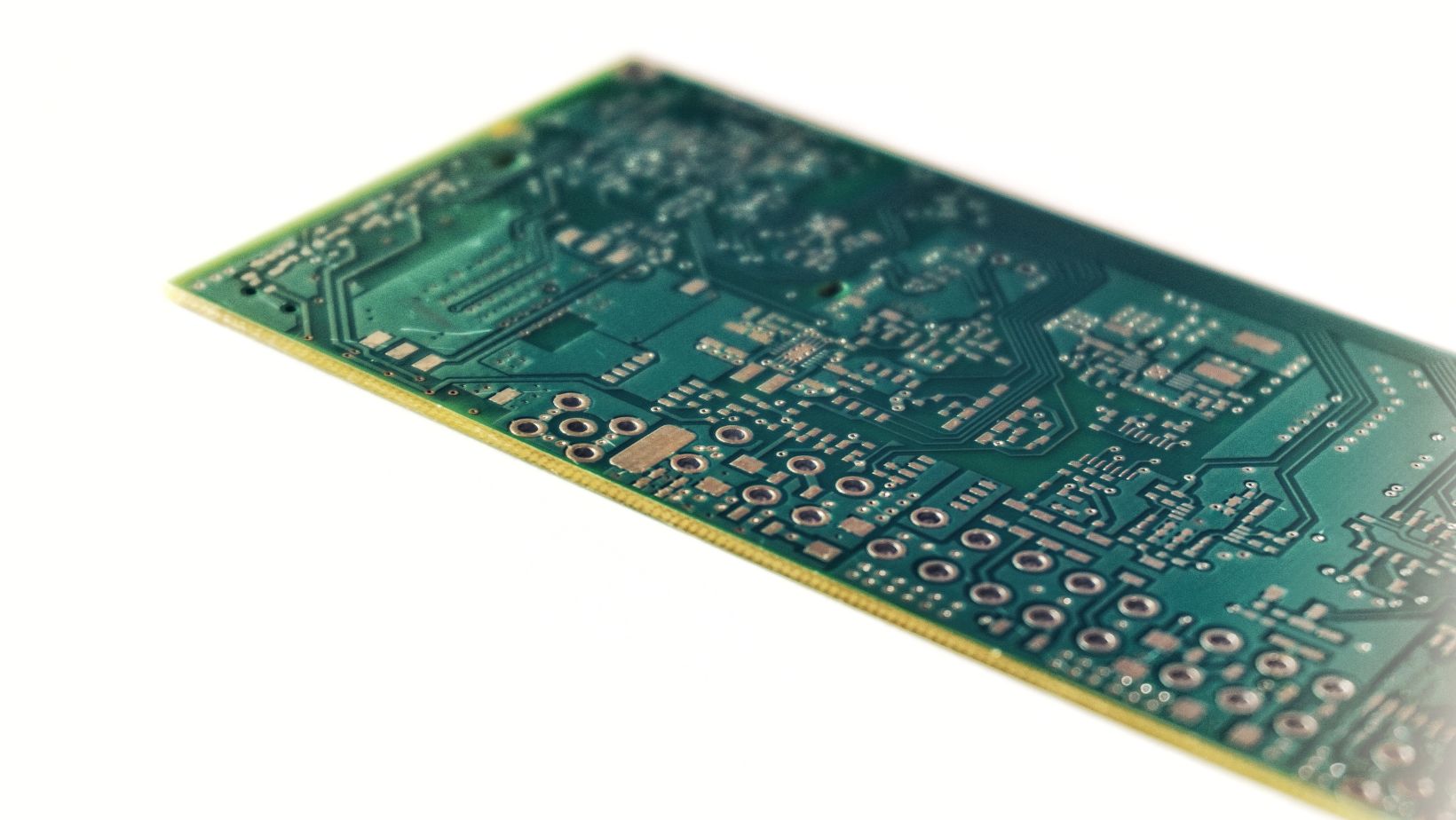In today’s fast-paced tech world, the demand for innovative and durable devices is higher than ever. Flexible printed circuit boards (PCBs) are revolutionizing design by offering unmatched versatility and resilience. Companies like OurPCB, a leading rigid-flex PCB manufacturer, are pushing the boundaries of what’s possible with advanced PCB technologies. This article explores how flexible PCBs improve device performance, streamline manufacturing processes, and extend product lifespan, making them essential for modern electronics.
Overview of Flexible PCBs
Flexible printed circuit boards (PCBs) consist of thin, flexible materials that allow for bending and conforming to various shapes. These components improve the design of electronic devices by enabling compact construction and multi-dimensional layouts. Flexibility in PCBs facilitates the arrangement of circuits in tight spaces, significantly benefiting modern electronic packaging.
Flexible PCBs provide significant durability advantages. Their ability to withstand mechanical stress reduces the risk of damage from movement or vibration. The lightweight nature contributes to overall device portability, making flexible PCBs ideal for applications in smartphones, wearables, and medical devices.
Flexible PCBs also support a reduction in size and weight compared to traditional rigid PCBs. Their thin profile allows for more efficient integration into products, leading to enhanced aesthetics and user experiences. The ability to layer traces on a flexible substrate promotes improved thermal management, which is vital for high-performance applications where excess heat can impair functionality.
Manufacturing processes benefit from flexible PCB technology as well. The absence of fragile components simplifies assembly and reduces production costs. Advanced manufacturing techniques enable higher precision and reliability. Overall, flexible PCBs represent a critical evolution in electronics, enhancing both design and performance across numerous applications.
Benefits of Flexible PCBs
Flexible printed circuit boards (PCBs) offer significant advantages in device design and durability. They improve overall performance and longevity in various electronic applications.
Design Flexibility
Flexible PCBs allow for innovative and diverse designs. They conform to different shapes and sizes, enabling manufacturers to create compact and multi-layered configurations. 
Weight Reduction
Flexible PCBs contribute to weight reduction in electronic devices. Their lightweight materials replace heavier rigid counterparts, leading to overall lighter products. For instance, in mobile devices and wearables, this reduction improves portability and user comfort. The decreased mass also results in lower transport costs during manufacturing and shipping, adding further efficiency to the production process.
Improved Reliability
Flexible PCBs offer enhanced reliability in challenging environments. They resist mechanical stress, such as bending and twisting, making them less likely to fail under various conditions. The absence of rigid components reduces the risk of fractures or short circuits caused by vibrations or impacts. This reliability is crucial in high-performance applications, ensuring devices operate consistently over extended periods.
Applications of Flexible PCBs
Flexible printed circuit boards (PCBs) play a vital role in modern electronic devices across several industries. Their adaptability and resilience improve performance, design, and user experience.
Consumer Electronics
Flexible PCBs are widely used in consumer electronics like smartphones, tablets, and wearables. Their lightweight and compact nature allows for innovative designs, fitting seamlessly into small spaces. The ability to bend and flex reduces the risk of damage during everyday use, ensuring longevity. Additionally, these PCBs support higher circuit densities, enabling the integration of advanced features without compromising device thickness. Their contributions not only improve device aesthetics but also improve functionality and user interaction.
Medical Devices
In medical devices, flexible PCBs are essential for developing compact, reliable systems. They facilitate the integration of sensors, monitoring equipment, and diagnostic tools, enabling precise healthcare delivery. Their durability allows devices to withstand harsh conditions while maintaining performance, which is critical in environments like surgical settings and hospitals. Additionally, the lightweight design of flexible PCBs aids in improving patient comfort and mobility when incorporated into wearable health monitors. Their reliability minimizes the risk of failures, ensuring consistent operation in critical applications.
Challenges in Implementing Flexible PCBs
Flexible printed circuit boards (PCBs) present unique challenges in their implementation. Addressing these challenges is critical for successful integration into modern devices.
Cost Considerations
Cost impacts the adoption of flexible PCBs in device design. Initial investments for flexible PCB production often exceed those for traditional rigid PCBs. 
Manufacturing Techniques
Manufacturing flexible PCBs involves specific techniques that may present challenges. The processes require precision to maintain circuit performance while accommodating flexibility. Unique materials, such as polyimide and polyester, necessitate specialized handling and preparation. Additionally, the production techniques involve multi-layer lamination and fine-line etching, which can complicate manufacturing. Quality control becomes crucial, as any defects can lead to performance failures. Adhering to stringent manufacturing standards ensures optimal functionality and durability, adding complexity to the production process.
Conclusion
Flexible PCBs are revolutionizing the design and durability of electronic devices. Their unique properties allow for innovative layouts that improve both functionality and aesthetics. As industries increasingly rely on compact and efficient designs, flexible PCBs provide the necessary adaptability to meet these demands.
The durability of flexible PCBs ensures reliable performance in challenging environments, making them ideal for applications in consumer electronics and medical devices. While there are challenges related to cost and manufacturing, the long-term benefits of reduced assembly times and improved reliability make them a worthwhile investment.
As technology continues to evolve, flexible PCBs will play a pivotal role in shaping the future of electronic device design and performance. Embracing this technology will enable manufacturers to create more advanced and resilient products that meet the ever-growing expectations of consumers.























